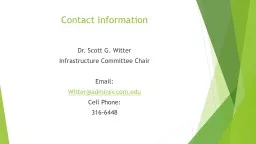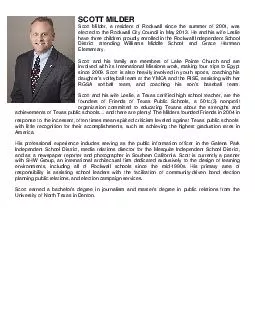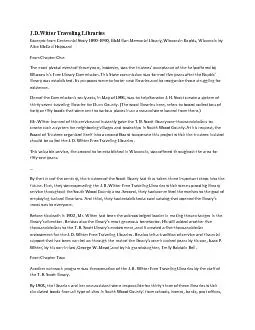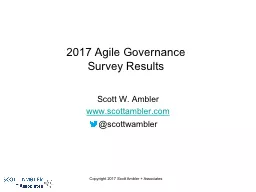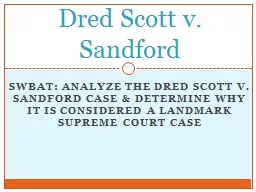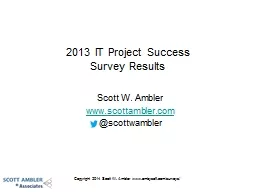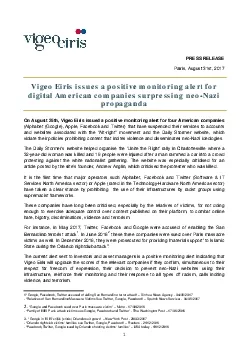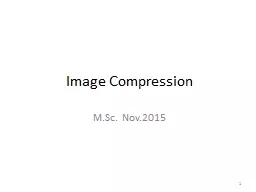PPT-Contact Information Dr. Scott G. Witter
Author : olivia-moreira | Published Date : 2018-10-29
Infrastructure Committee Chair Email Witteradminsvcomedu Cell Phone 3166448 1 INFRASTRUCTURE MOVING PEOPLE SAFELY Public Transport Private Transport Walking Cycling
Presentation Embed Code
Download Presentation
Download Presentation The PPT/PDF document "Contact Information Dr. Scott G. Witter" is the property of its rightful owner. Permission is granted to download and print the materials on this website for personal, non-commercial use only, and to display it on your personal computer provided you do not modify the materials and that you retain all copyright notices contained in the materials. By downloading content from our website, you accept the terms of this agreement.
Contact Information Dr. Scott G. Witter: Transcript
Infrastructure Committee Chair Email Witteradminsvcomedu Cell Phone 3166448 1 INFRASTRUCTURE MOVING PEOPLE SAFELY Public Transport Private Transport Walking Cycling Seasonal Changes Traffic Signals Parking Traffic Flow Events Class and Work Logistics Deliveries Construction Systems Management and Modeling Options. OW TO SE WITTER TO UILD UDIENCE Y ALLIE IMBALL INTRODUCTION A few months ago I gave a talk to TCG member theat res on how to use Twitter to expand audiences Executive director Teresa Eyring and I had met on Twitter where shed heard about a talk I ga SCOTT MILDER Scott Milder, a resident of Rockwall since the summer of 2001, was lected to the Rockwall City Council in May 2013. He and his wife Leslie have three children proudly enrolled in the Rock and stores. Local teachers, housewives, clerks, and storekeepers did their best to keep track of the books. In 1910, the indefatigable Miss Lutie Stearns of the Free Library Commission visited every W Presented by Ryan, Malia,and Brenden . Tricky words. Dauntless- to be fearless. Ford- a place in water where it is shallow enough to cross. Gallant- a brave man. Laggard- to be slow or lag . Dastard- a mean, sneaking coward. 2017 Agile Governance. Survey . Results. Scott W. . Ambler. www.scottambler.com. @. scottwambler. . Copyright 2017 Scott Ambler + Associates. How To Use These Slides. We . have provided these slides, and the raw data behind them, so that others can use them in their own work.. Amundsen and the “. Fram. ”. Amundson reached the south pole on 16. th. December 1911.. Used skis and dog sleds.. Amundson began travelling to the North Pole on. Fridtjof. . Nansenn's. . polar . Shackleton resented Scott for sending him home from the . Discovery. expedition, which might have been done in part because Shackleton was so popular with the men.. Spent two years in England trying to raise funds for his own expedition south, with the purpose of reaching the pole, and finally succeeded by 1907. . . 602-513-0028 . 11/02/2017 . ACHIEVING A Healthy future . . . for our CHILDREN, OUR SCHOOLS,. . . OUR HEALTH SYSTEM & OUR STATE . A . Win-Win. Agenda. Due in 2 weeks.. Flipped Learning: Reminder. Include:. Who was nominated as presidential candidate by each party and why. 1856 campaign. 1856 result (try and get a map of the USA that shows these results). Sandford. Case & determine why it is considered a landmark Supreme court Case. Dred Scott v. . Sandford. Do Now. How did the Kansas-Nebraska Act affect the Missouri Compromise (Compromise of 1820)?. 2013 IT Project Success. Survey . Results. Scott W. . Ambler. www.scottambler.com. @. scottwambler. . Copyright 2014 Scott W. Ambler www.ambysoft.com/surveys/. How To Use These Slides. We . have provided these slides, and the raw data behind them, so that others can use them in their own work.. eOn AugusAand websiarticle postIt is the fiServices have takensupremaciThese comenough to hate bigotFor instanBernardinvictims as The currenVigeo Eirisrespect foinfrastructviolence 1 Google Fac - Goog I p 5 p 11 p 12LAB CRAFTERS INC FOR MORE INFORMATION CONTACT US6314717755 infolab-crafterscom LAB CRAFTERS INC FOR MORE INFORMATION CONTACT US6314717755 infolab-crafterscom LAB CRAF 1. Image Compression . Image compression involves reducing the size of image data file, while is retaining necessary information, the reduced file is called the compressed file and is used to reconstruct the image, resulting in the decompressed image. The original image, before any compression is performed, is called the uncompressed image file. The ratio of the original, uncompressed image file and the compressed file is referred to as the .
Download Document
Here is the link to download the presentation.
"Contact Information Dr. Scott G. Witter"The content belongs to its owner. You may download and print it for personal use, without modification, and keep all copyright notices. By downloading, you agree to these terms.
Related Documents

